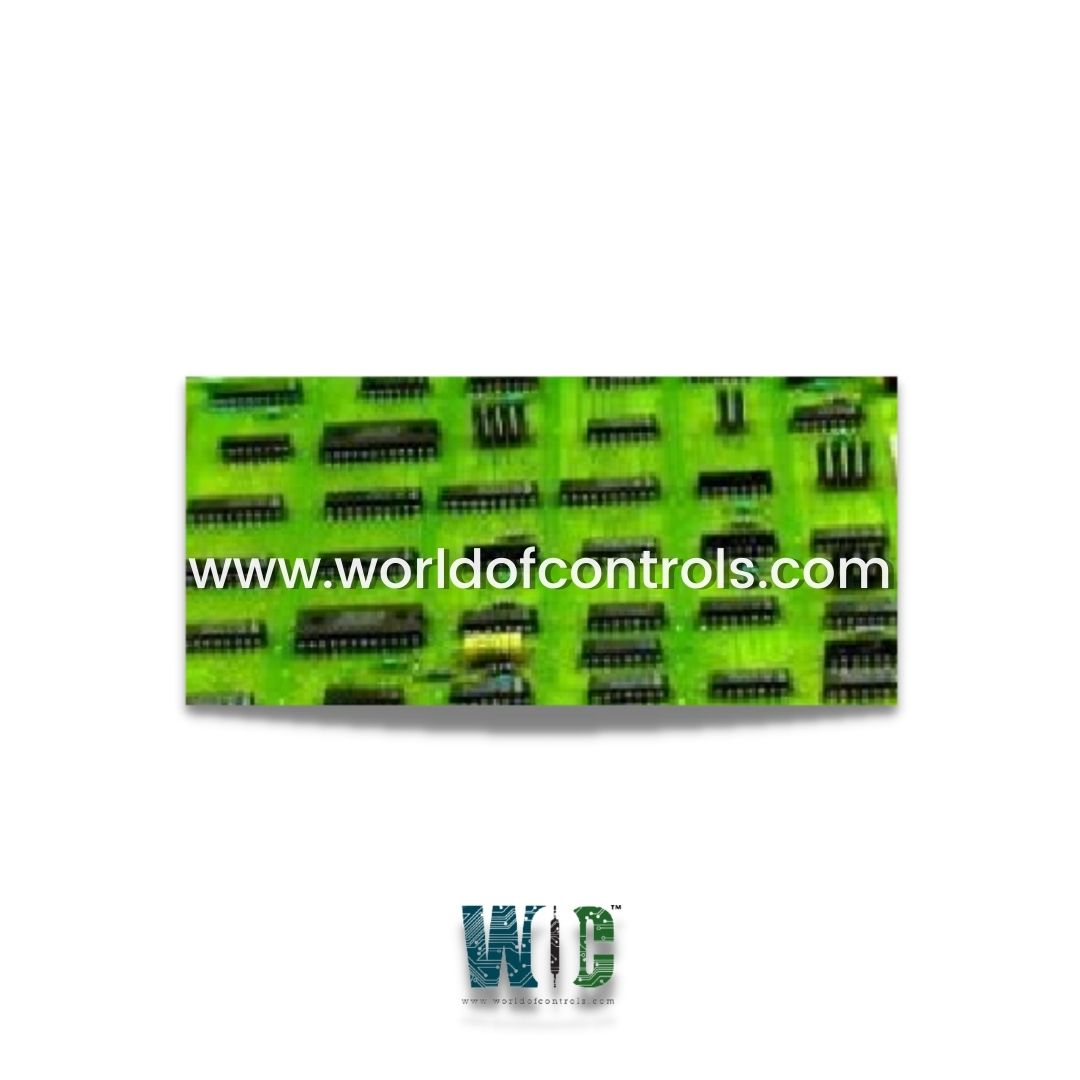
World Of Controls understands the criticality of your requirement and works towards reducing the lead time as much as possible.
DS3800HXMA - Servo Valve Expander Card is available in stock which ships the same day.
DS3800HXMA - Servo Valve Expander Card comes in UNUSED as well as REBUILT condition.
To avail our best deals for DS3800HXMA - Servo Valve Expander Card, contact us and we will get back to you within 24 hours.
SPECIFICATIONS:
Part Number: DS3800HXMA
Manufacturer: General Electric
Series: Mark IV
Product Type: Servo Valve Expander Card
Number of channels: 12
Operating temperature: -30 to 55 degrees Celsius
Size: 8.25 cm high x 4.18 cm
Repair: 3-7 Day
Availability: In Stock
Weight: 2 lbs
Country of Origin: United States
FUNCTIONAL DESCRIPTION:
DS3800HXMA is a Servo Valve Expander Card manufactured and designed by General Electric as part of the Mark IV Series used in GE Speedtronic Gas Turbine Control Systems. A servo valve expander card, also known as a servo valve expansion card, is a component used in various industrial and automation systems. It's typically a printed circuit board (PCB) that provides additional functionalities and interfaces to control servo valves in hydraulic or pneumatic systems. Here's a breakdown of its key components and functions:
Servo Valve Control: The primary purpose of the expander card is to control servo valves. Servo valves are critical components in fluid power systems, regulating the flow of hydraulic or pneumatic fluids to precisely control the position or speed of mechanical components.
Signal Processing: The card often includes signal processing circuitry. This can involve analog-to-digital converters (ADC) to convert control signals into a digital format, or digital signal processing (DSP) capabilities to manipulate and optimize the control signals.
Communication Interfaces: Expander cards usually have communication interfaces, such as RS-232, RS-485, or Ethernet ports, to connect to external control systems. This allows for remote monitoring and control of the servo valve, enabling integration into larger automation systems.
Feedback Loops: Many servo valve expander cards support feedback loops. These loops provide information about the actual position or pressure in the hydraulic system, allowing for closed-loop control, where the card can make real-time adjustments to maintain precise control.
Safety Features: Safety is paramount in industrial applications. These cards may have safety features like fault detection, emergency shutdown capabilities, or redundant control systems to ensure safe operation.
User Interface: Some expander cards include a user interface, such as an integrated display or LED indicators, for monitoring the status and performance of the servo valve.
Compatibility: These cards are designed to be compatible with specific servo valve models and are often tailored to the requirements of the particular application or industry. Compatibility is crucial for seamless integration.
WOC maintains the largest inventory of Replacement parts for GE Speedtronic control systems. Additionally, we offer warranty-backed unused and rebuilt boards as well as board repairs for your damaged ones. For your OEM needs, our team of professionals is available around the clock. We at WOC are happy to help you with any needs you may have in terms of automation. Please contact our team by phone or email for pricing and availability on any components and repairs.
What is a servo valve expander card?
A servo valve expander card is a printed circuit board (PCB) designed to enhance the control and monitoring of servo valves in hydraulic or pneumatic systems. It provides various functionalities and interfaces for precise and efficient valve operation.
Why do I need a servo valve expander card?
You might need a servo valve expander card to improve the control, feedback, and safety features of your servo valve system. These cards help in achieving more accurate and reliable performance in industrial and automation applications.
What are the key functions of a servo valve expander card?
The key functions include controlling servo valves, signal processing, communication interfaces, feedback loops, safety features, and user-friendly interfaces.